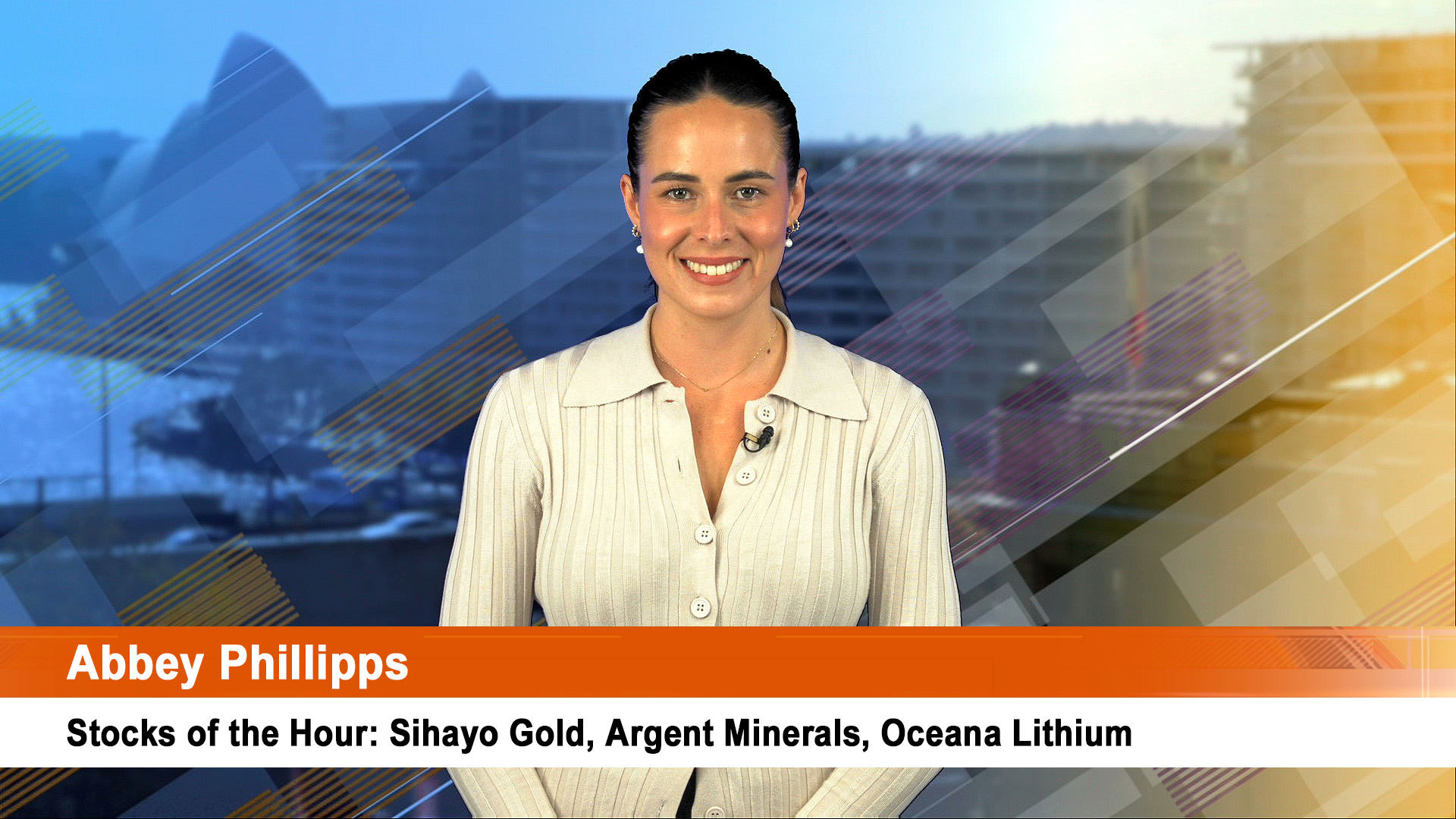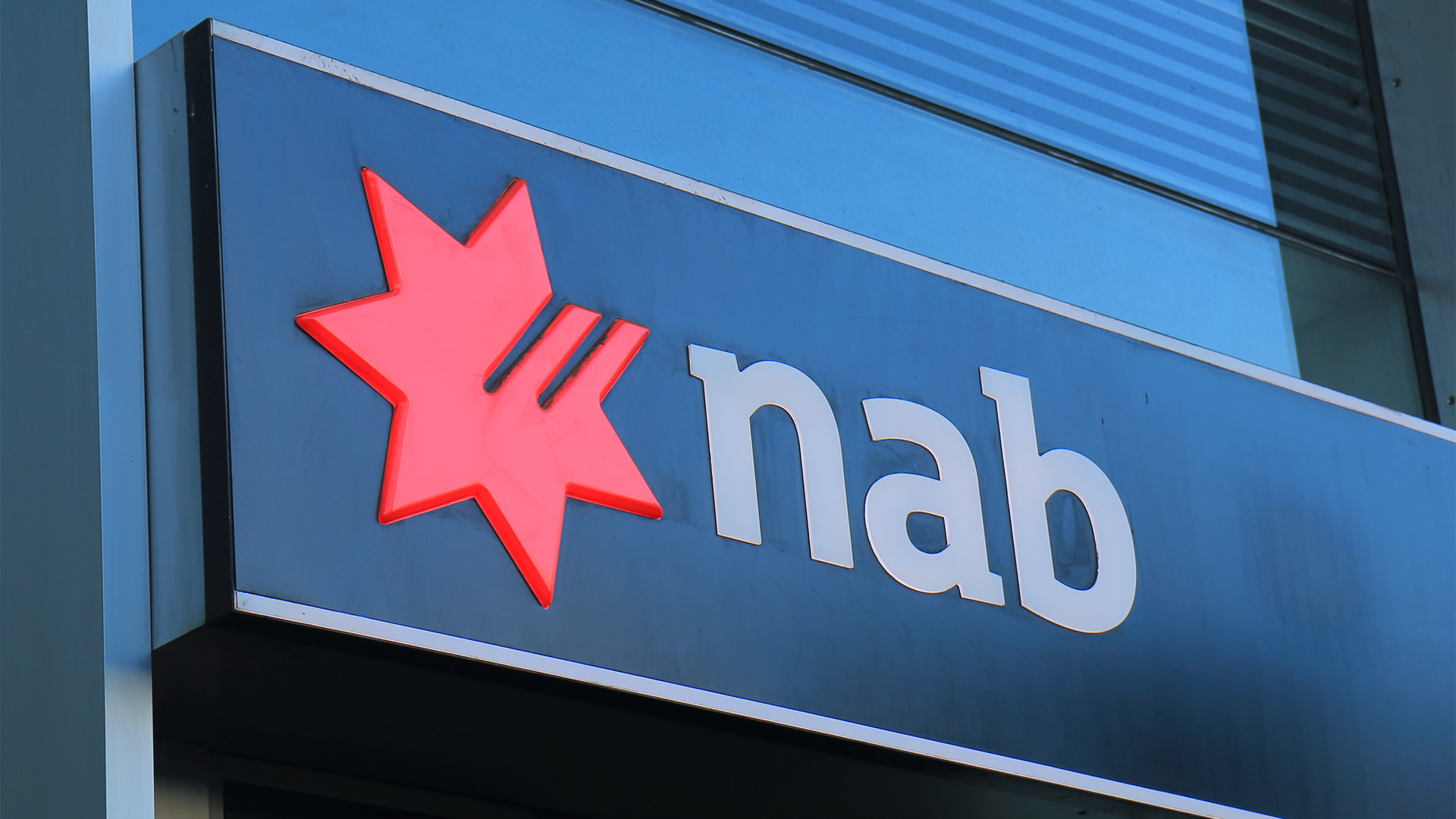Most major share markets around the world fell last week, except for China and Australia.
But today watch for signs of end of month, end of quarter and in Australia, end of half year and end of financial year "widow dressing" by big investors seeking to give their share performance a new and improved look.
The shares prices of a host of companies might end with suspicious-looking buy quotes at the end of business today on any markets – or even small buy/sell orders above what might be seen as more realistic price levels.
Our sharemarket is up about 13% since June 30 last year.
The Aussie dollar last traded at US94.24 US cents, up about 2 cents from this time last year.
US shares last week fell by around 0.6% on the Dow and 0.1% for the S&P 500; Eurozone shares dipped 2.2% and the Japanese share market fell 1.7% as fears about Iraq and Ukraine resurfaced.
In Japan much of the fall was due to a small but unexpected weakening in inflation in May, which renewed fears the huge stimulus of the past 18 months or so might be running out of steam.
Bond yields fell because investors now think US interest rate rises are still a long way off.
Despite the worries about Iraq, oil prices fell because OPEC indicated it would raise production if Iraqi supplies are disrupted, gold prices rose and the iron ore price continued its gradual recovery from the $US89 tonne low point seen in mid-June.
The $A resumed the 94 USc mark and closed at 94.24c early Saturday morning because those expectations of a US rate rise fell.
Currency traders will be looking to the RBA board meeting tomorrow and then the earlier than normal release of US employment data on Thursday night.
Our market will open with a small gain this morning after a late buying rush reversed earlier losses. As a result all markets ended the day with small gains after trading in the red for most of the day.
The Dow rose 5.71 points, or 0.03%, to end at 16,851.84. The S&P 500 added 3.74 points, or 0.19%, to finish at 1,960.96.
The Nasdaq Composite ended up 8.88 points, or 0.43%, to close at 4,397.93.
For the week, the Dow fell 0.6% and the S&P 500 dipped 0.1%.
But the Nasdaq added 0.7% for its sixth weekly rise in the past seven as the worries about tech stocks earlier in the year continue to fade.
US bond yields fell sharply – the yield on the 10 year security ended at 2.53%, after hitting a low of 2.5% earlier in the day.
Europe’s stock indicators, fell by around 1.7% over the week, while Asian markets were mixed, especially in Japan.
The MSCI world stocks gauge rose 0.2% on Friday but lost 0.3% over the week.
In Australia the 200 Index lost 0.4% on Friday, while the All Ordinaries Index shed 0.3% in quiet pre end of financial year trading.
Over the week, both added half a per cent to end the week at 5445.1 points and 5429.1 points respectively.
And in commodities, US gold futures settled higher on Friday, recovering a little from Thursday’s fall to produce a small weekly advance – the fourth in a row.
Comex gold for August delivery added $US3, or 0.2%, to settle at $US1,320 an ounce in New York.
For the week, prices were up around 0.3% – adding to the 5.5% climb scored over the previous three weeks.
Comex July silver fell 3c, or 0.2%, to settle at $US21.08 an ounce, up 0.6% over the week.
September silver, which is now the most actively traded contract, ended almost 3c lower at $US21.13 an ounce.
Comex copper for July delivery closed down almost 2c at $US3.15 a pound, up about 0.9% from a week ago.
September copper, which is now the most actively-traded contract (like silver), closed little changed at $US3.17 a pound.
Oil futures on Friday suffered a second straight weekly loss as worries over the fate of Iraq’s oil exports faded.
Nymex crude for August delivery fell 10c, or 0.1%, to settle at $US105.74 a barrel. US crude fell 1% over the week, its second in a row.
In London, August Brent crude rose 9c, or 0.1%, to end at $US113.30 a barrel. It also fell over the week.













